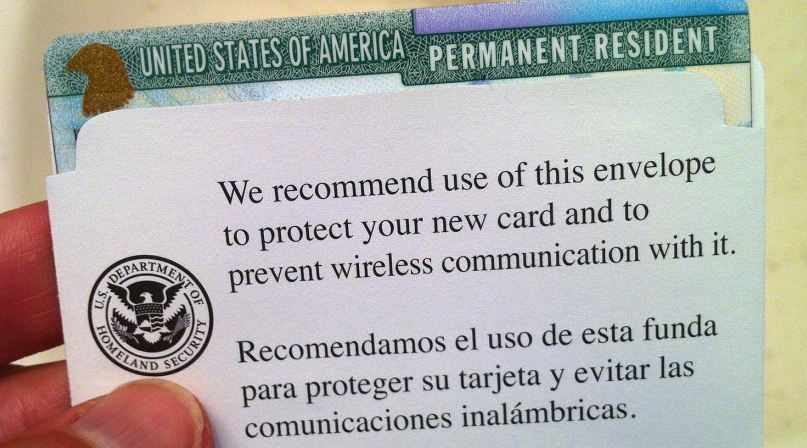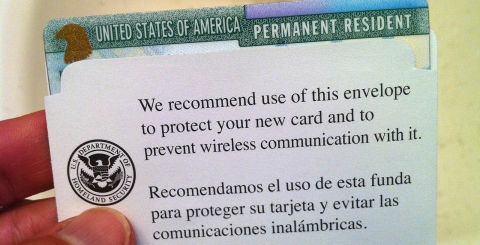Homeland Security proposes ‘public charge’ test
Upcoming Events
Related News

Key Takeaways
The U.S. Department of Homeland Security (DHS) has proposed a new regulation that would redefine how the government determines whether an individual applying for immigration status meets the definition of a “public charge,” defined as a person who relies on public assistance.
The draft rule would allow federal immigration authorities to reject an application for admission to the United States if the officer determines the individual is unlikely to earn enough to support their family. It would also allow authorities to deny permanent legal residency or visa extensions to immigrants already in the country if they or their dependents have used a wide range of public benefits.
Learn More
Under current policy, an individual is deemed to be a public charge if he or she accesses government benefits that provide cash assistance such as the Temporary Assistance for Needy Families (TANF) program or Supplemental Security Income (SSI), or receive government-funded long-term institutional health care.
The proposed rule would broaden the scope of programs considered when evaluating the public charge designation to include the Supplemental Nutrition Assistance Program (SNAP, formerly known as food stamps), Medicaid or Section 8 Housing Choice Voucher Program and other housing benefits.
If enacted, the regulation is likely to impact predominantly legal immigrants and families, since undocumented immigrants cannot access most federal benefits, while certain immigrant populations such as refugees, asylees and survivors of domestic violence would not be subject to public charge determinations and would not be affected by the proposed rule.
In addition to expanding the types of benefit programs that would trigger a public charge determination, the administration’s proposed rule would expand immigration authorities’ ability to conduct extensive research on an immigrant’s history and economic prospects.
Counties could be affected by this proposed rule in multiple ways. First, many counties administer federal programs, and this rule could impose new tracking and reporting requirements for local offices. Additionally, the rule could compel counties to inquire about an individual’s immigration status when they apply for benefits, even though immigration status remains a federal issue.
Counties are also concerned that discouraging individuals from seeking health care benefits such as Medicaid may increase the risk of public disease outbreaks or burden already fiscally-fragile public hospitals or health care facilities with uncompensated care.
Furthermore, if the contemplated changes to the public charge definition result in fewer individuals accessing federal benefits such as SNAP and Section 8 housing vouchers, county governments would face increased costs assisting these individuals and their families, effectively resulting in a cost-shift from the federal government to local governments.
The administration is expected to submit the proposed rule for publication in the Federal Register in the coming weeks. Once the rule is published, the public will be able to submit comments for a 60-day period, including weighing in on whether certain programs, such as the Children’s Health Insurance Program (CHIP), should be included under the new rule. After DHS considers these comments, the agency will issue a final rule.

Attachments
Related News

County Countdown – Dec. 15, 2025
Every other week, NACo's County Countdown reviews top federal policy advocacy items with an eye towards counties and the intergovernmental partnership.
Stretching small opioid settlement allocations helps funding do more
States and localities are set to receive $56 billion in opioid settlement dollars over an 18-year period, but not every county that receives settlement funding will get enough to build out infrastructure.
